There’s no collateral required for this loan. When it comes to unsecured loans, lenders use creditworthiness rather than borrower assets as collateral. Personal loans, school loans, and credit cards are just a few of the many forms of unsecured loans.
How an Unsecured Loan Works
You don’t need to utilise property or assets as security to get approval. Signature loans and personal loans are two such types of loans. Credit scores are usually included in the conditions of these loans, and getting one depends on a borrower’s credit rating. Borrowers usually need good credit to qualify for unsecured loans.
A borrower with an unsecured loan doesn’t commit an asset to back the loan. On the other hand, a borrower with a secured loan puts up an asset as collateral. The promise of assets improves the lender’s “security” and therefore his willingness to provide the loan. A home loan and a vehicle loan are examples of secured loans.
In cases where applicants have inadequate credit, lenders may accept those who are able to offer a cosigner in lieu of an unsecured loan. When a cosigner signs, they have to pay the loan if the borrower does not. When a borrower doesn’t pay the interest and the principle of a loan or debt, this happens.
A lender may seize assets from a borrower who defaults on a secured loan in order to recover losses. Conversely, if a borrower defaults on an unsecured loan, the lender will be unable to recover anything since they can’t claim any property. The lender may engage a collection agency to try to recover the loan or even file a lawsuit against the borrower. Garnishing earnings may happen if the court sides with the lender.
How much does an unsecured loan cost
Many personal loan lenders boast of their lack of fees, while others have additional expenses that go along with their products. You may have to pay various fees throughout the application process for an unsecured personal loan.
- Interest
Your monthly fee for borrowing money is your interest rate — which is APR (annual percentage rate). APR, is computed yearly, but since loan amounts decline over time as the principal is paid off, this has a snowball effect, resulting in the principal and interest being paid on a monthly basis instead of only once a year.
There are two kinds of APRs:
- Your payment will remain the same throughout the whole life of the loan, so it’s simpler to create a budget.
- With variable-rate APR, variable rates may change throughout the course of your loan, and they can go up or down in response to changes in the Federal Reserve’s prime rate.
You’ll have a set monthly payment if you take out a personal loan from our best-of list, since these loans have fixed interest rates. In certain instances, you may borrow at variable rates. Be sure you are OK with having your payments change over time, should your interest rates change. The Federal Reserve reports that personal loan interest rates average 9.34%.
Origination fee
Lenders impose an origination fee as a cost for the administration and processing of your loan. The fee is deducted in one lump sum upfront from your loan. A lot of times, this cost will be between 1 percent and 5 percent, but it may also be just a flat rate payment. For instance, if you received a $20,000 loan, with a 5% origination charge, your bank would only pay you $19,000 of it. As a result, you would have to pay back $20,000, plus interest, which the lender takes off right away.
To get the most value, avoid paying origination costs if you can. A credit score over 700 allows you to take out loans with no additional costs attached. None of the personal loans on our top lenders’ list come with an upfront processing fee.
Late fee
Personal lenders often add a late fee to payment terms. Your credit score will decrease due to late payments. Because you may be faced with both a late charge and a worse credit score, be sure that you are fully certain in your ability to pay back the unsecured loan every month before you go through with it.
Early payoff penalty
Lenders impose an early repayment penalty on borrowers. Lenders are going to collect their money, even if you plan to pay your debt off early, therefore it is possible they may charge you an early repayment penalty. You may be charged one of three things: the whole amount of interest due, a percentage of your repayment sum, or a fixed fee.
Loans repaid early will not result in additional fees from our best-of-list lenders. That way, if you are able to pay off your loan earlier and you want to save on interest payments, you will not be penalized for saving money on interest.
Get in touch with our experts to find out the solution that fits your business better!



